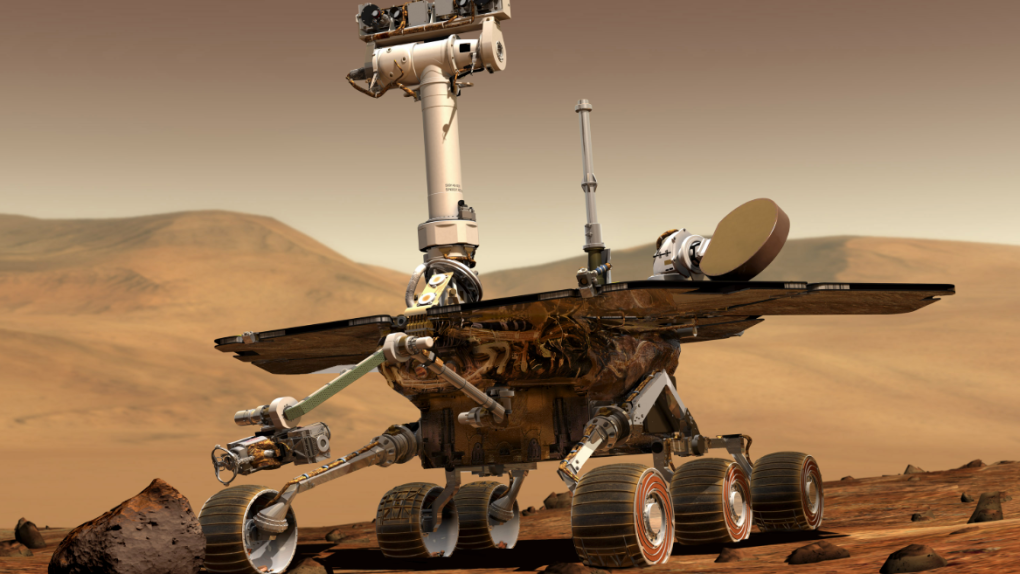With NASA’s Hubble and Chandra spacecraft both choosing the same week to malfunction, it’s obviously been a trying time for space agency engineers who are working tirelessly to keep space hardware up and running. In fact, last week was so rough on NASA that it was easy to forget the fact that the Opportunity rover is still sitting lifeless on the Red Planet.
NASA has been keeping a close eye on Opportunity — well, as close of an eye as you can when the rover refuses to actually communicate — but in a new update the space agency offers a tiny glimmer of hope. With the dust storm that doomed Opportunity now long gone, the last hope for the rover may rest in a different Mars weather phenomenon.
For the past several weeks, NASA has been sending plenty of signals to rover in the hopes that the aging hardware will finally snap out of its funk. The rover entered a low-power default state when a massive dust storm swallowed Mars and cut off light from Opportunity’s solar panels. Scientists remain hopeful that the rover still has some life left in it, but warn that it’s possible the rover is indeed dead.
One of the final hopes for NASA engineers is that the rover’s solar panels were simply caked with dust when it was swallowed up by the storm. If that is the case, the only thing that could possibly save the rover’s only power source would be if that dust was blown away, and as luck would have it the coming season is perfect for doing just that.
“A windy period on Mars — known to Opportunity’s team as “dust-clearing season” — occurs in the November-to-January time frame and has helped clean the rover’s panels in the past,” NASA explains in a new update post. “The team remains hopeful that some dust clearing may result in hearing from the rover in this period.”
If the solar panels are covered in dust and can’t generate enough power to recharge the rover’s batteries, a steady flow of wind could solve that problem. NASA is hoping that the rover’s panels will clear enough that the vehicle wakes back up and begins sending messages back home once more, but if it doesn’t we might finally see the end of a mission that has already outperformed NASA’s wildest expectations.








